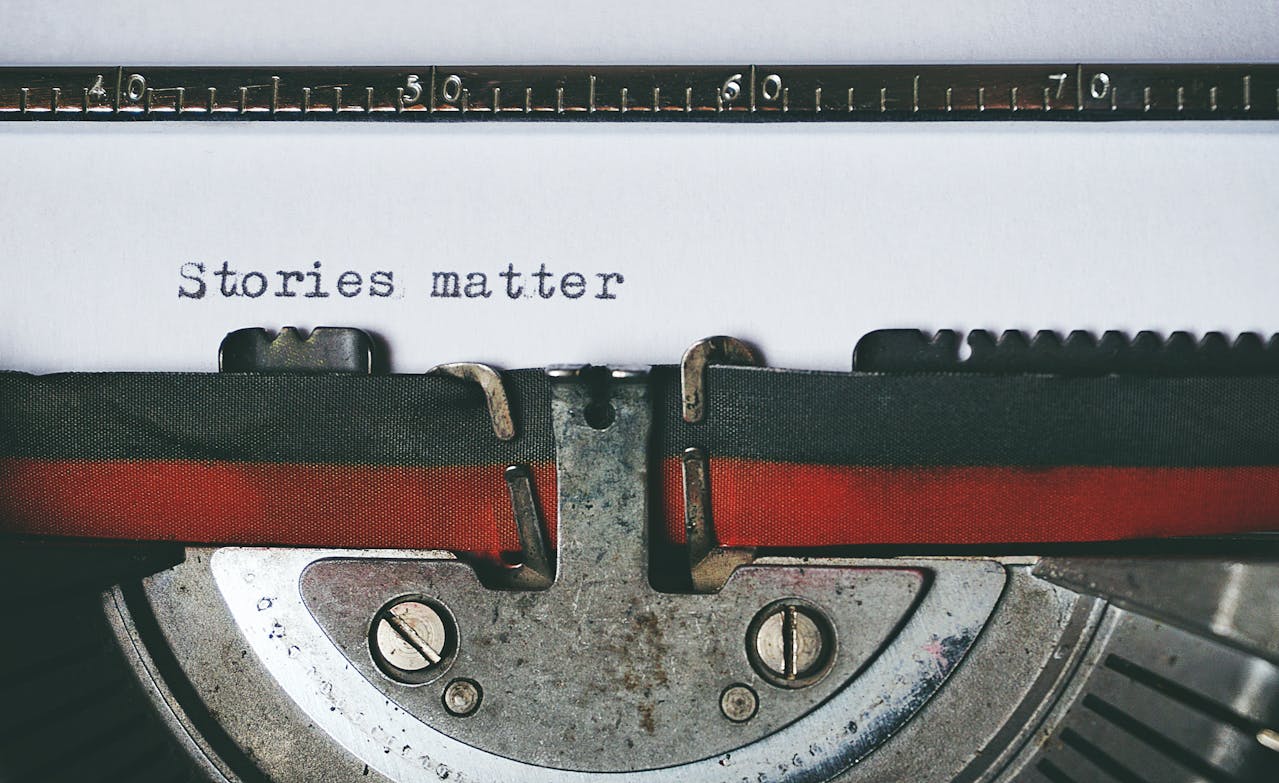
How Data-Backed Press Kits Improve Journalist Engagement and Media Coverage
Statistics show that journalists receive hundreds of press releases daily, with only 3% resulting in media coverage, according to Cision’s 2023 State of the Media Report. Press kits backed by compelling data stand out, increasing journalist engagement by up to 45% compared to those without supporting statistics. Media professionals consistently rank data-driven content among their top preferences, with 76% stating they’re more likely to cover stories supported by credible research and statistics. This shift toward data-backed press materials marks a significant change in PR strategy, moving away from purely narrative approaches to evidence-based communication that resonates with today’s fact-focused media landscape.
The Power of Data in Modern Press Kits
Press kits have evolved from simple company backgrounders to sophisticated information packages that journalists use to craft compelling stories. Research shows that 82% of journalists consider statistical evidence a key factor when evaluating story pitches. Data adds authority to press materials, transforming standard promotional content into newsworthy information that helps journalists create more valuable content for their audiences.
Modern press kits integrate various data types, from market research to customer behavior analytics, making stories more relevant and actionable for media professionals. According to recent studies, press releases containing original data receive 32% more media pickups than those without statistical support.
Selecting the Right Data for Your Press Kit
The effectiveness of a data-backed press kit depends largely on choosing relevant, timely statistics that support your narrative. Research indicates that 89% of journalists prefer press materials that include industry-specific data directly related to current trends or challenges.
Market statistics and industry benchmarks provide context and establish the significance of your news. Customer data and behavioral analytics demonstrate real-world impact and market relevance. Performance metrics and growth indicators help validate claims and showcase success.
When selecting data, focus on statistics that:
- Demonstrate clear relevance to your story angle
- Come from reputable, verifiable sources
- Offer fresh insights or surprising findings
- Support your key messages and claims
Data Presentation Strategies That Capture Attention
Visual presentation significantly impacts how journalists process and retain information. Studies show that press kits incorporating visual data presentations receive 2.3 times more engagement than text-only versions.
Creating Effective Data Visualizations
Simple, clean charts and graphs work best for presenting numerical data. Research indicates that journalists spend 39% more time reviewing press materials that include well-designed infographics compared to those without visual elements.
Keep visualizations focused on key points rather than overwhelming readers with complex graphics. Use consistent formatting and ensure all data visualizations are properly labeled and sourced.
Optimizing Data Distribution and Access
The method of delivering data-backed press kits significantly impacts their effectiveness. Digital press kits (EPKs) with downloadable assets see 28% higher usage rates than traditional formats.
Digital Distribution Best Practices
Make data easily accessible through:
- Cloud-based sharing platforms
- Downloadable spreadsheets and charts
- Interactive online dashboards
- Mobile-optimized formats
Research shows that 91% of journalists prefer accessing press materials through digital platforms that allow easy data verification and extraction.
Measuring Success and Improving Performance
Track key metrics to evaluate press kit effectiveness and optimize future releases. Important measurements include:
Engagement Metrics
- Open rates (industry average: 15-25%)
- Download rates for supplementary materials
- Time spent reviewing press kit contents
- Click-through rates on embedded links
Media Coverage Metrics
- Number of media pickups
- Quality of coverage
- Message penetration
- Share of voice in target media
Building Credibility Through Data Transparency
Transparency in data sourcing and methodology builds trust with journalists. According to media surveys, 94% of journalists say clearly cited data sources increase a press kit’s credibility.
Include detailed source information, methodology explanations, and access to raw data when possible. This level of transparency helps journalists verify information quickly and increases their confidence in using your materials.
Tailoring Data to Different Media Segments
Different media segments require different types of data. Trade publications often seek detailed industry statistics, while mainstream media prefer broader market trends and consumer behavior data.
Research shows that press kits customized with relevant data for specific media segments achieve 47% higher engagement rates than generic versions.
Integration with Broader PR Strategy
Data-backed press kits should align with your overall PR and communication strategy. Companies that integrate consistent data narratives across all communication channels see 34% better media coverage rates.
Coordinate data usage across:
- Social media campaigns
- Executive communications
- Marketing materials
- Investor relations
Tools and Resources for Data-Driven Press Kits
Several tools can help create and distribute data-backed press kits effectively:
Analytics and Monitoring Tools
- Media monitoring platforms
- Social listening tools
- Coverage tracking systems
- Engagement analytics software
Data Visualization Tools
- Interactive chart creators
- Infographic design platforms
- Data dashboard builders
Maintaining Data Quality and Relevance
Regular updates keep press kit data fresh and newsworthy. Studies show that press materials containing data less than six months old receive 41% more media attention than those with older statistics.
Implement processes for:
- Regular data updates
- Fact-checking procedures
- Source verification
- Trend monitoring
Conclusion
Data-backed press kits represent a significant advancement in media relations, offering journalists the substantiated information they need while increasing the likelihood of coverage for organizations. With 87% of journalists indicating a preference for data-supported pitches, the trend toward evidence-based press materials continues to grow.
To implement successful data-backed press kits:
- Select relevant, current data from reliable sources
- Present information clearly with effective visualizations
- Ensure easy access through digital platforms
- Monitor performance metrics
- Update content regularly
Organizations that master these elements position themselves for greater media success and stronger journalist relationships in an increasingly competitive media landscape.
Learn how data and statistics in press kits boost media coverage, with insights on improving journalist engagement through evidence-based PR strategies and visual content